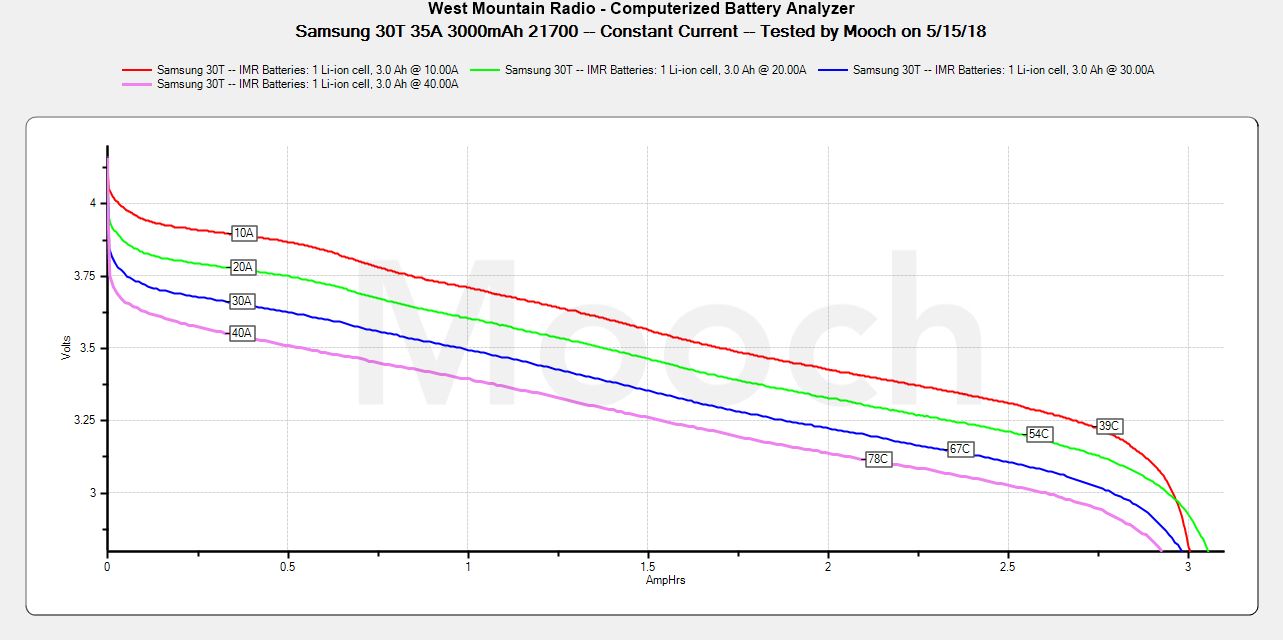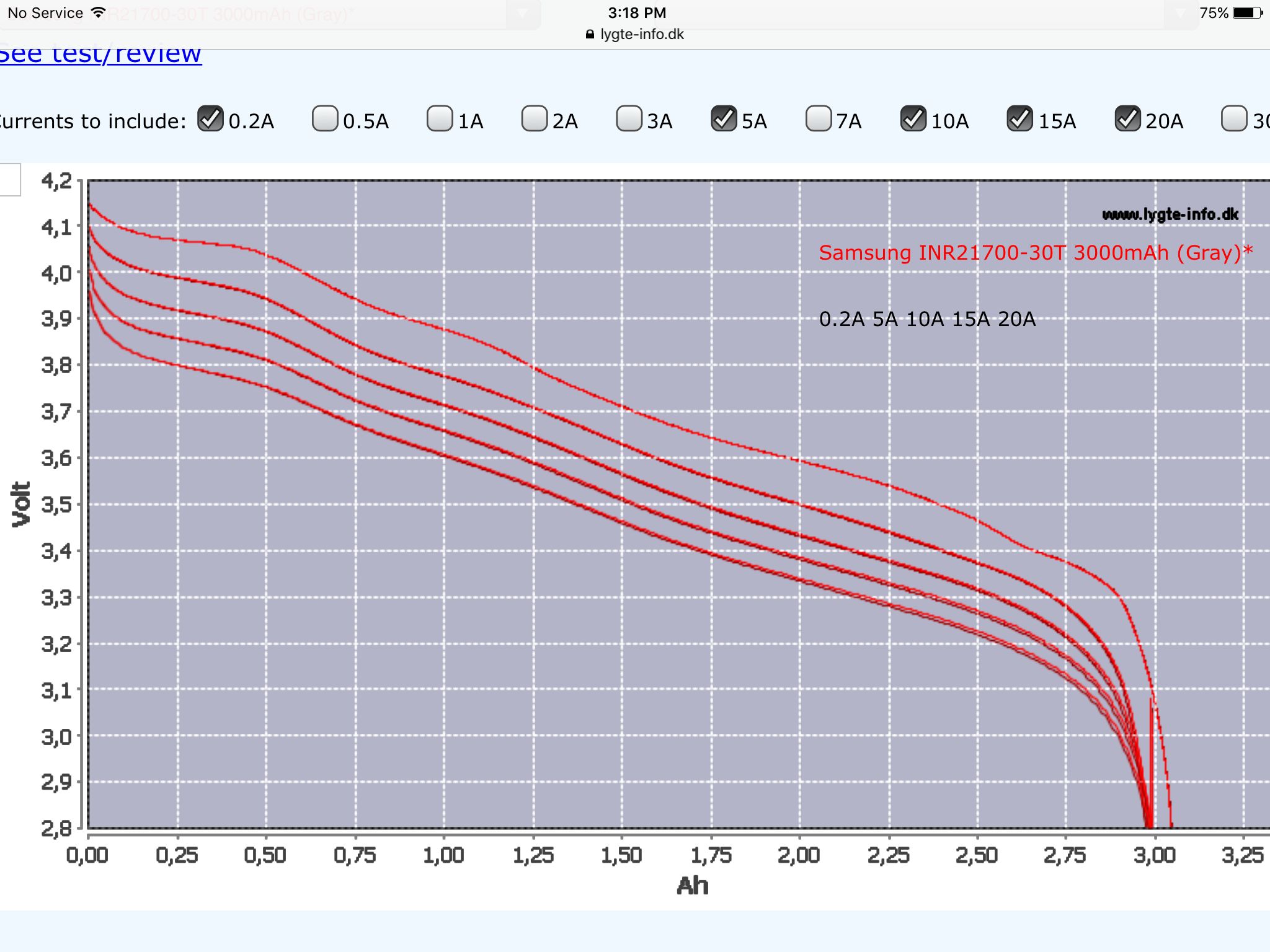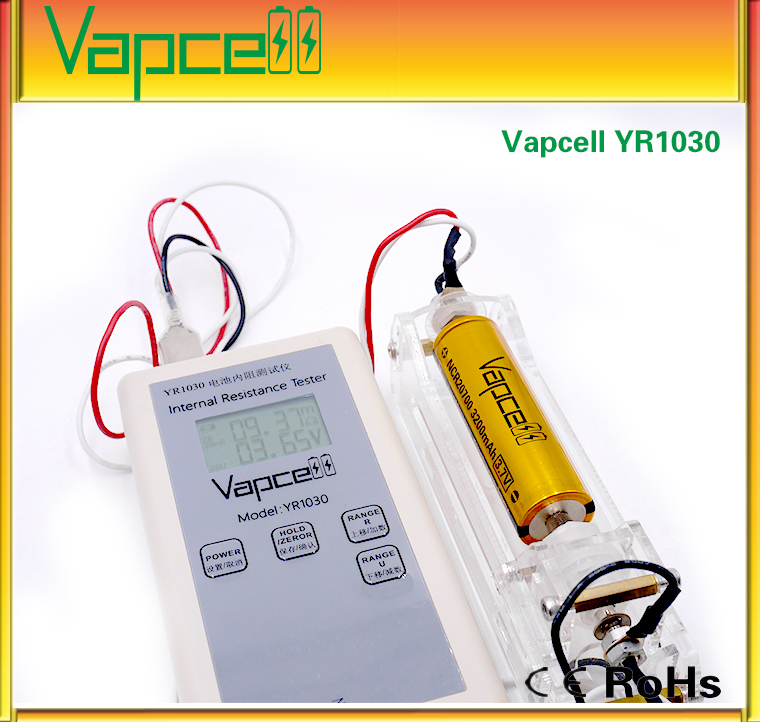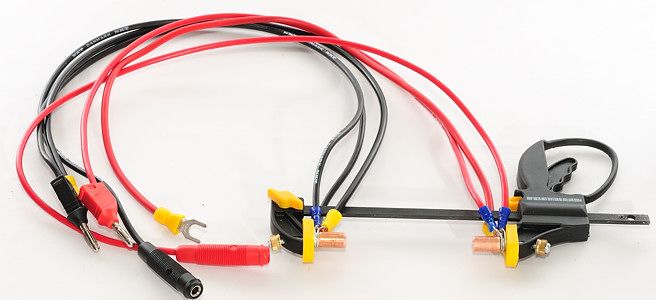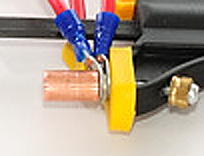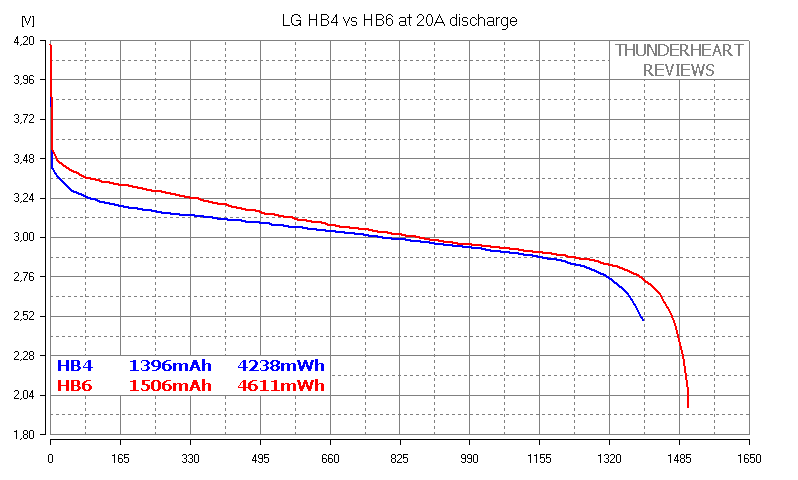thunderheart
100 W
Original article: https://www.thunderheartreviews.com/2018/08/high-drain-21700-li-ion-samsung-30t.html
I've tested the Samsung INR21700-30T (35A) at currents up to 20A (limited by my battery tester).
As always the cell was bought from Queen Battery and tested with ZKETECH EBC-A20 and a self-made battery holder. It's a PC-connected battery tester supporting 4-wire measuring and discharging at up to 20A.

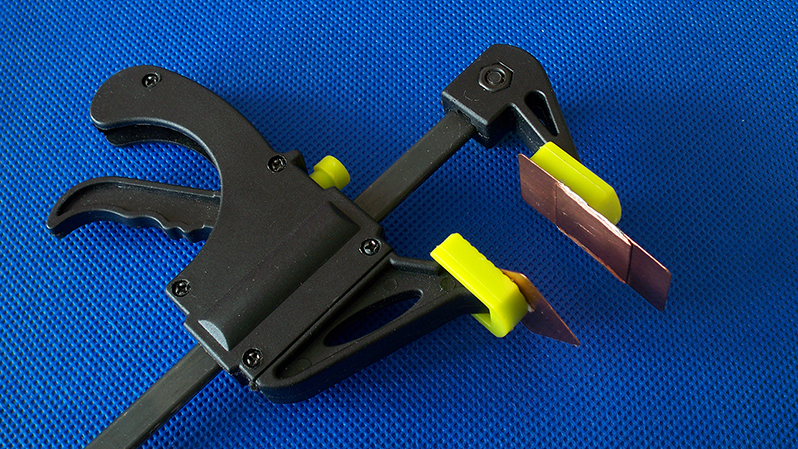
I've followed all the prescriptions of the IEC61960-2003 standard concerning battery's capacity measurement. Before each discharging cycle each battery was charged at standard current mentioned in its datasheet to charge end voltage (4.2V) (cut-off at 0.1A, which is the lowest supported by EBC-A20). Before each discharging or charging i've held a 1-1.5hrs pause. The environment temperature was about 25°C.
Samsung INR21700-30T
The cell is marked as INR21700-30T SAMSUNG SDI 2HC2
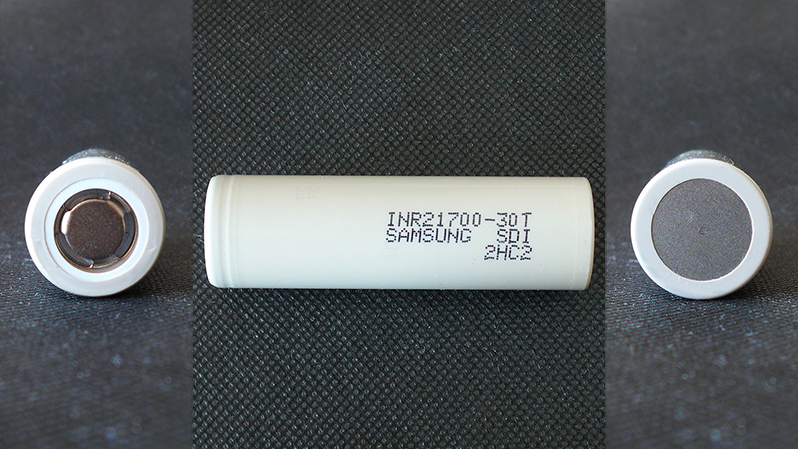
The main specs from its datasheet:
Minimum capacity: 3000mAh
Nominal voltage: 3.6V
Standard charge current: 1.5A
Max. charge current: 4A
Charge end voltage: 4.2V
Charge cut-off current: 100mA
Max. discharge current: 35A
Discharge cut-off voltage: 2.5V
Max weight: 69g
The measured weight is 68.22g
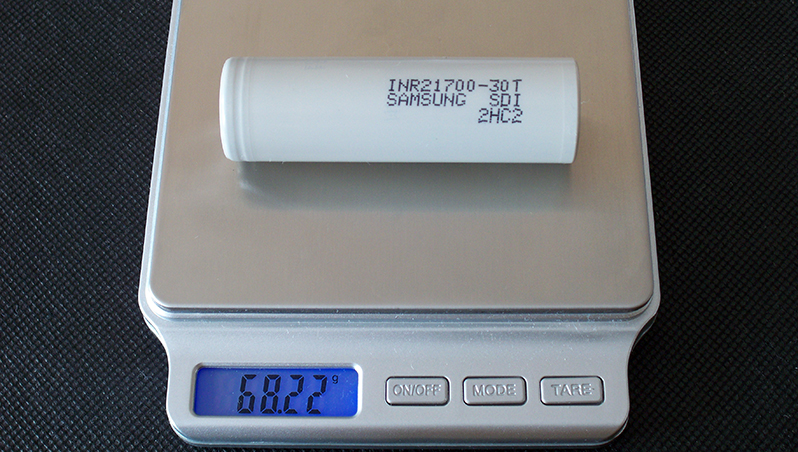
Test results:

The results are really impressive! At 0.2C it did 3155mAh/11.66Wh and it's capacity was above 3000mAh even at 20A discharge rate! Pay attention to the curves at 10A and 15A - they are almost identical. On all 5 curves there are no voltage drops or sudden peaks and the 30T seems to be rock solid like Steven Seagal - it does the most difficult job without sweating
I hope this test was interesting to read/watch and i'll be happy if it was useful for someone Here is the video version of this review with size comparison between 18650 and 21700:
Here is the video version of this review with size comparison between 18650 and 21700:
[youtube]BAPtWjBBah0[/youtube]
P.S. this is my YouTube channel: www.youtube.com/thunderheartreviews It will be highly appreciated if you subscribe !
!
I've tested the Samsung INR21700-30T (35A) at currents up to 20A (limited by my battery tester).
As always the cell was bought from Queen Battery and tested with ZKETECH EBC-A20 and a self-made battery holder. It's a PC-connected battery tester supporting 4-wire measuring and discharging at up to 20A.


I've followed all the prescriptions of the IEC61960-2003 standard concerning battery's capacity measurement. Before each discharging cycle each battery was charged at standard current mentioned in its datasheet to charge end voltage (4.2V) (cut-off at 0.1A, which is the lowest supported by EBC-A20). Before each discharging or charging i've held a 1-1.5hrs pause. The environment temperature was about 25°C.
Samsung INR21700-30T
The cell is marked as INR21700-30T SAMSUNG SDI 2HC2

The main specs from its datasheet:
Minimum capacity: 3000mAh
Nominal voltage: 3.6V
Standard charge current: 1.5A
Max. charge current: 4A
Charge end voltage: 4.2V
Charge cut-off current: 100mA
Max. discharge current: 35A
Discharge cut-off voltage: 2.5V
Max weight: 69g
The measured weight is 68.22g

Test results:

The results are really impressive! At 0.2C it did 3155mAh/11.66Wh and it's capacity was above 3000mAh even at 20A discharge rate! Pay attention to the curves at 10A and 15A - they are almost identical. On all 5 curves there are no voltage drops or sudden peaks and the 30T seems to be rock solid like Steven Seagal - it does the most difficult job without sweating
I hope this test was interesting to read/watch and i'll be happy if it was useful for someone
[youtube]BAPtWjBBah0[/youtube]
P.S. this is my YouTube channel: www.youtube.com/thunderheartreviews It will be highly appreciated if you subscribe


